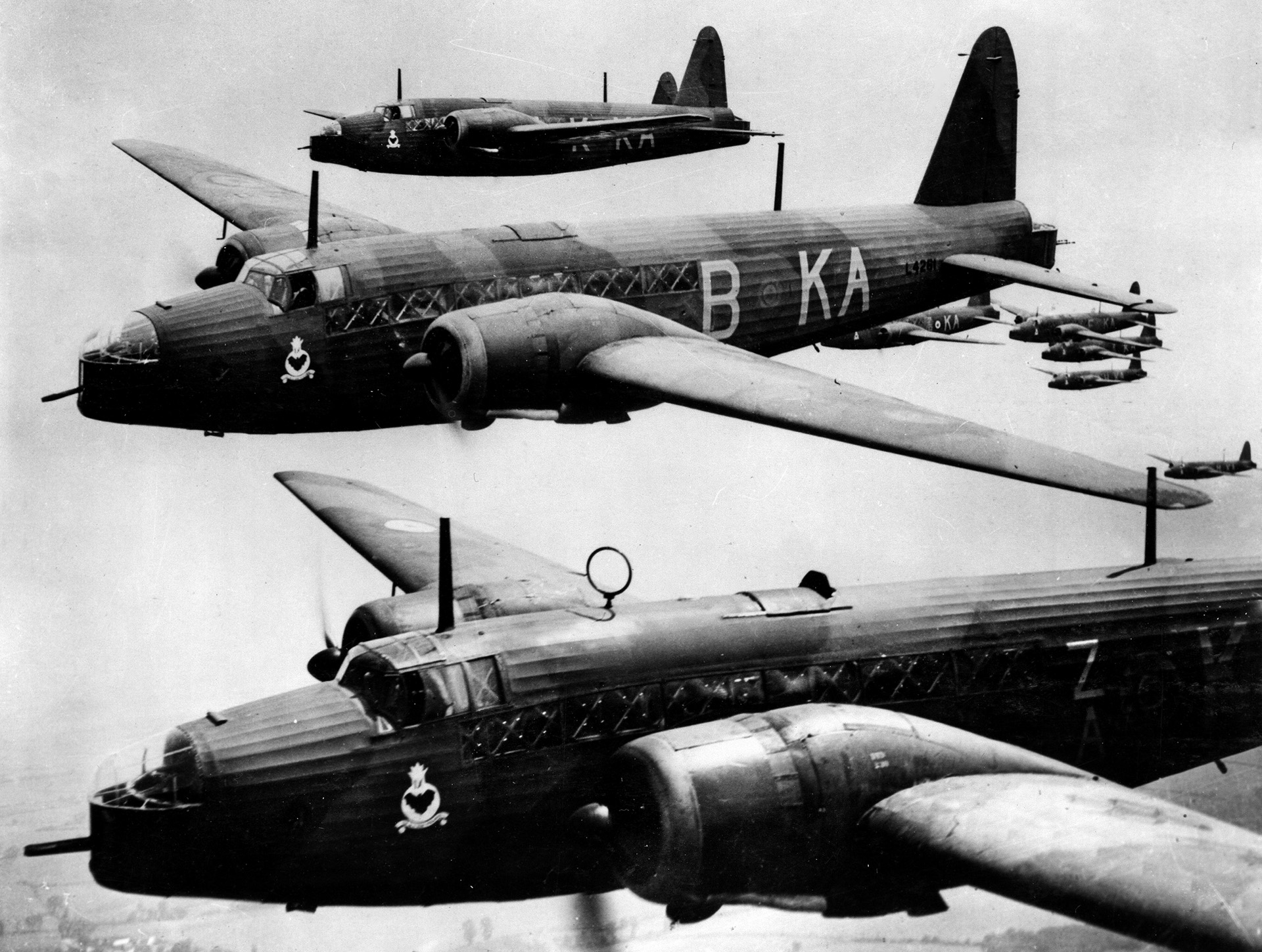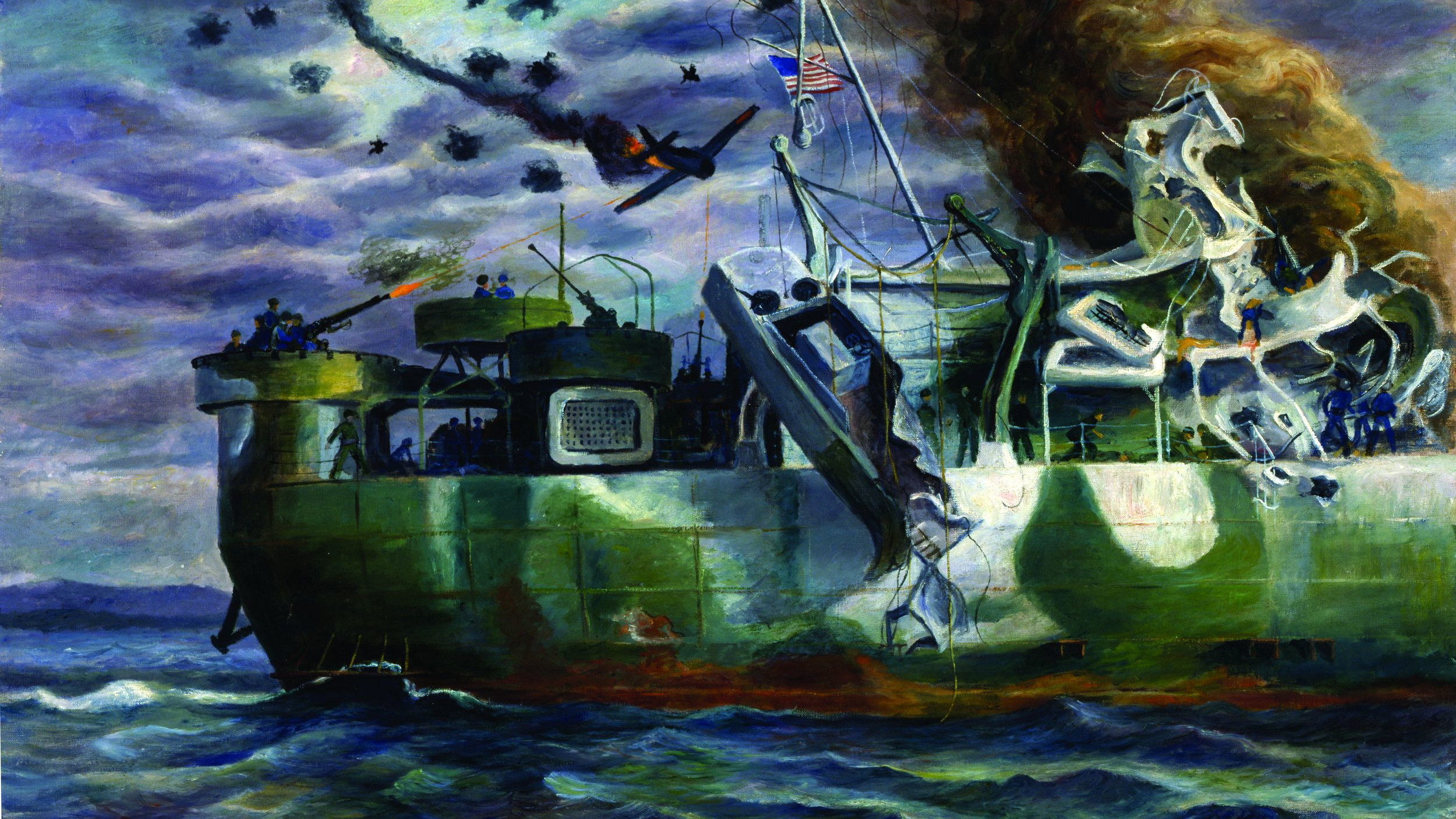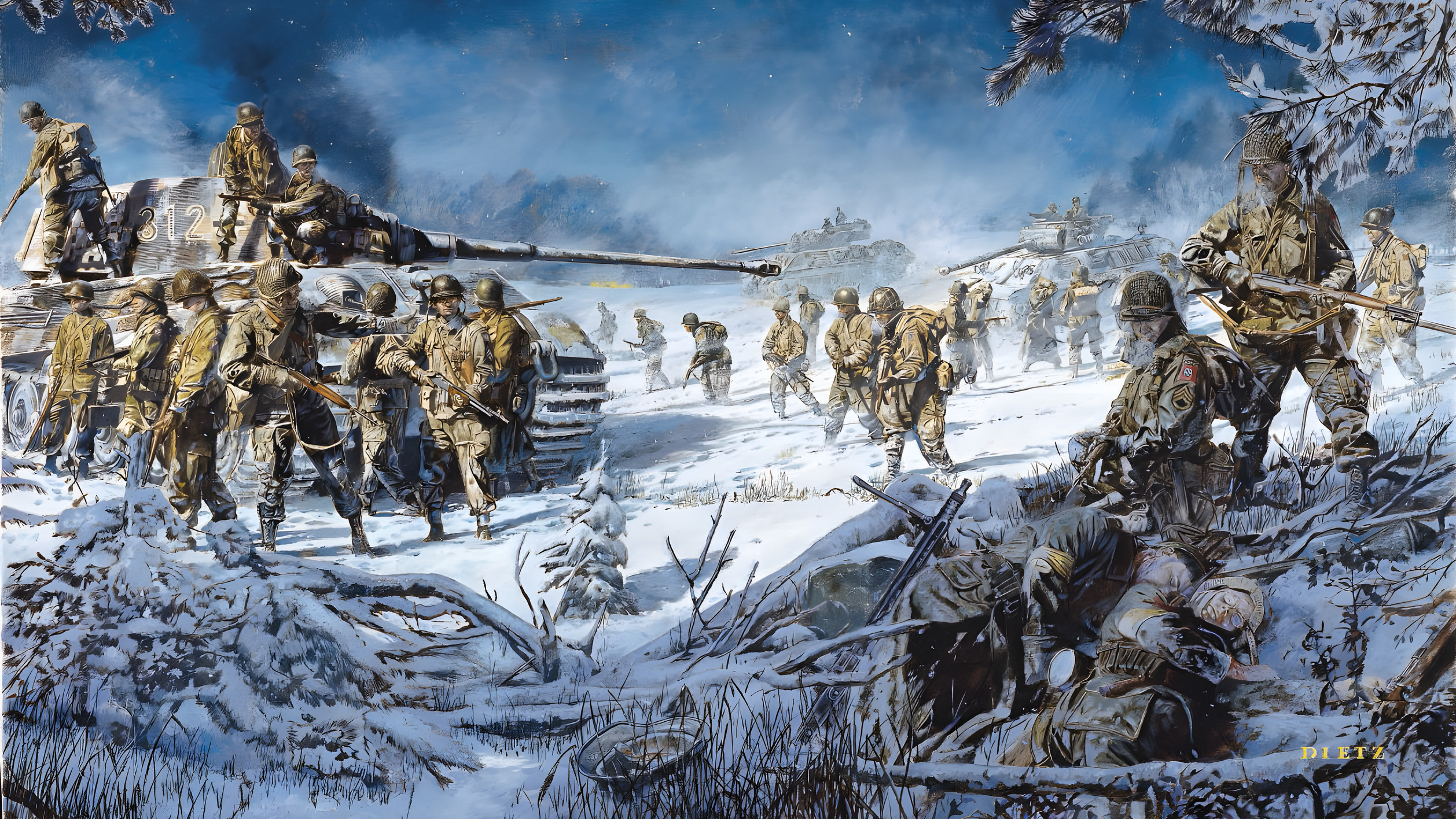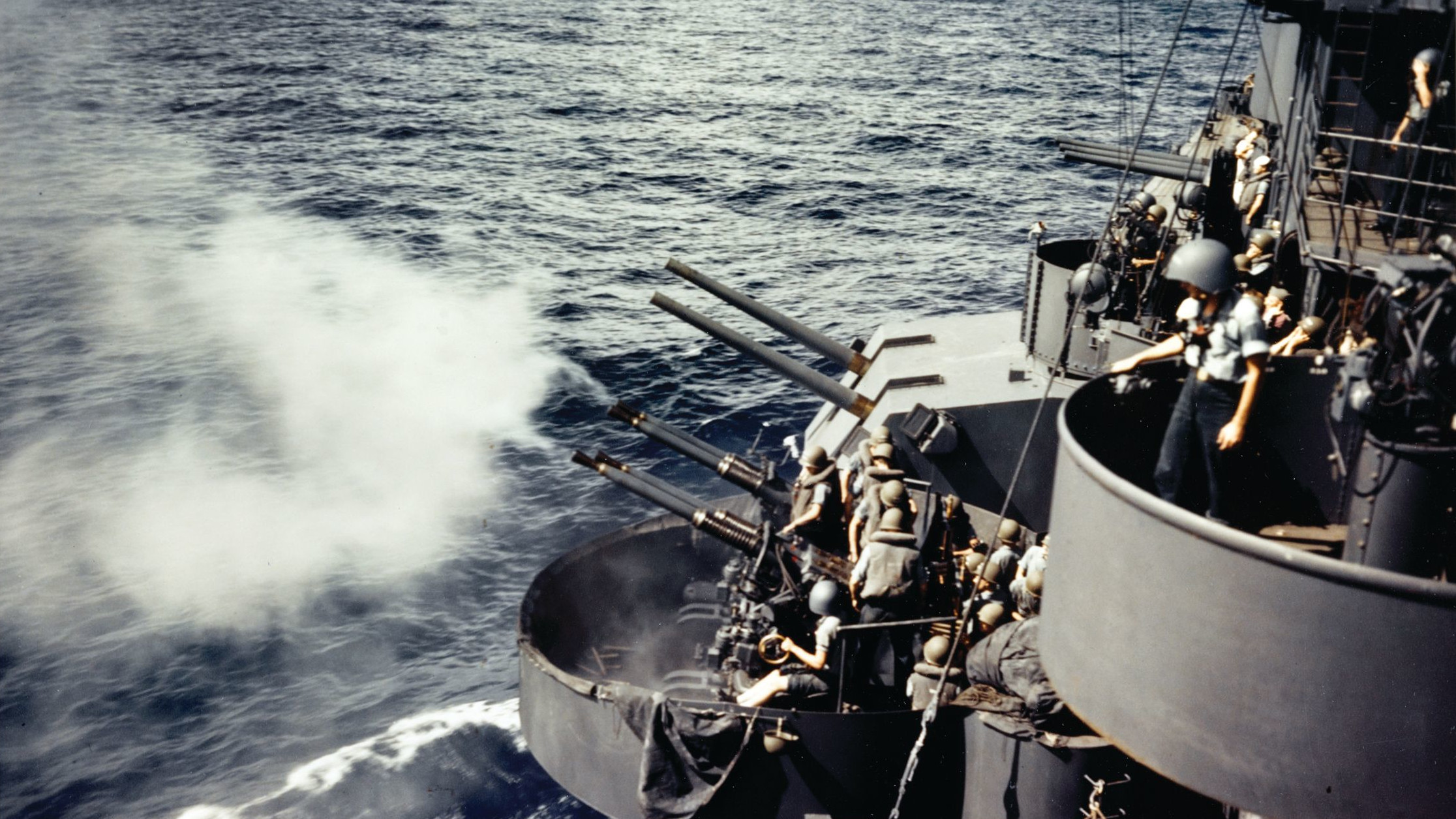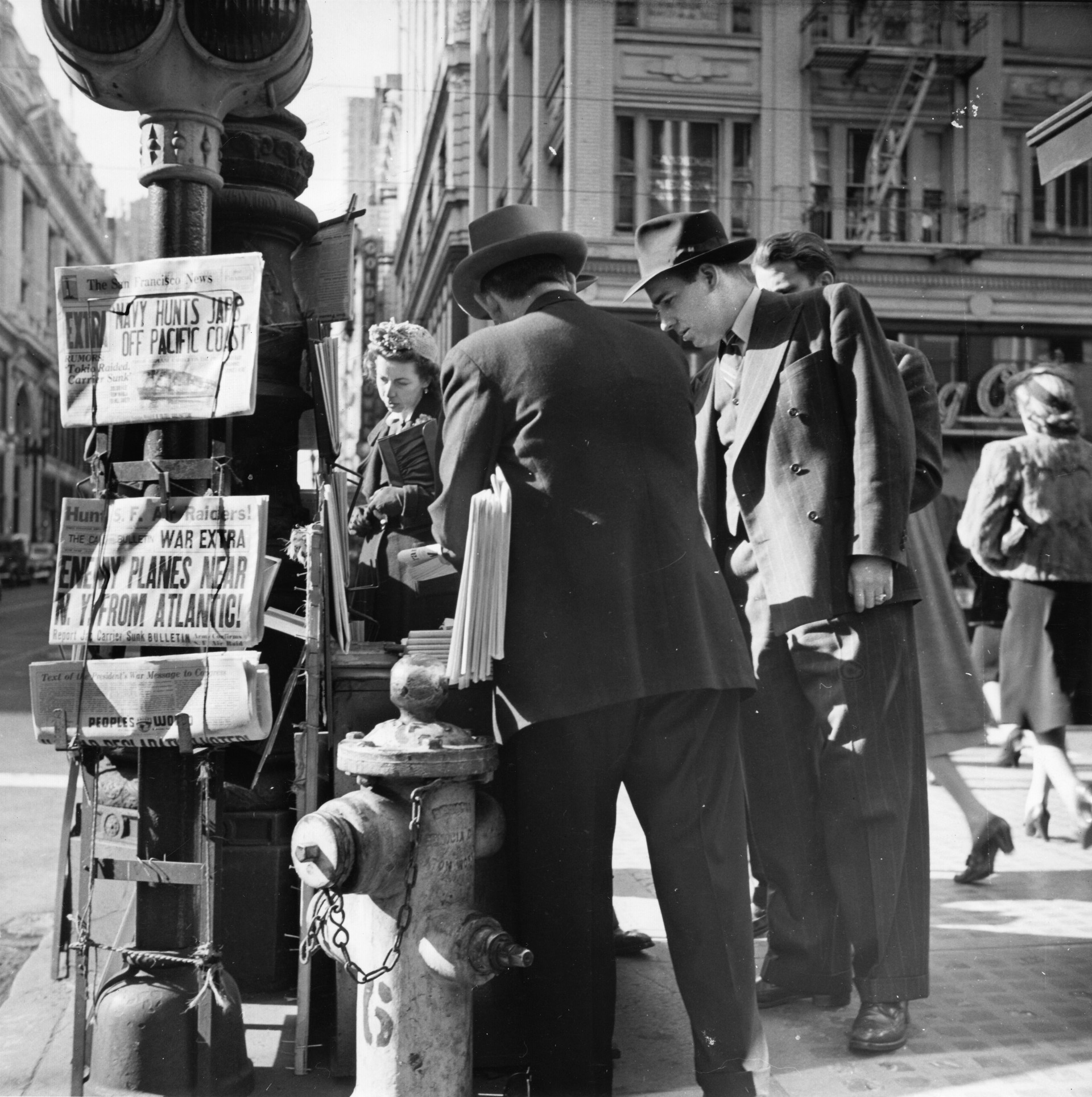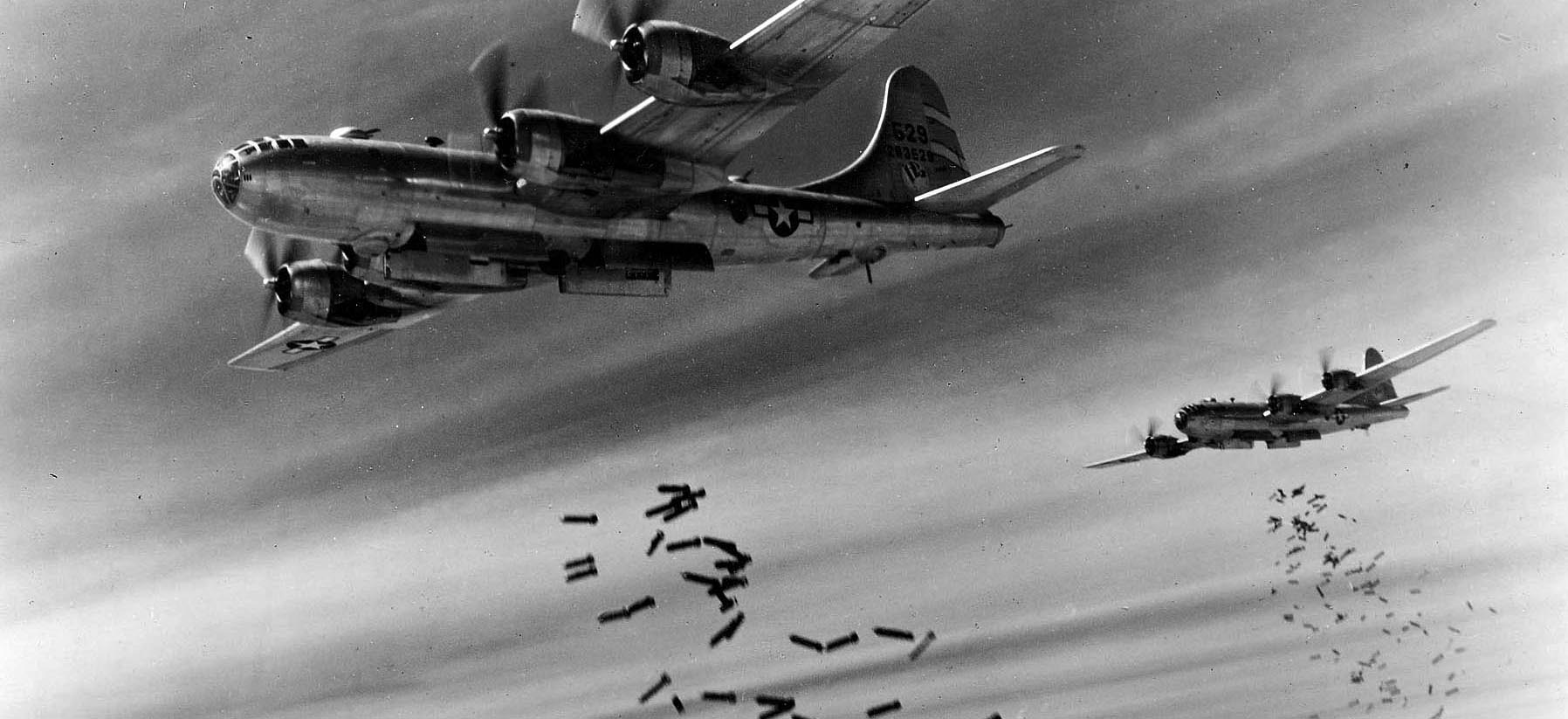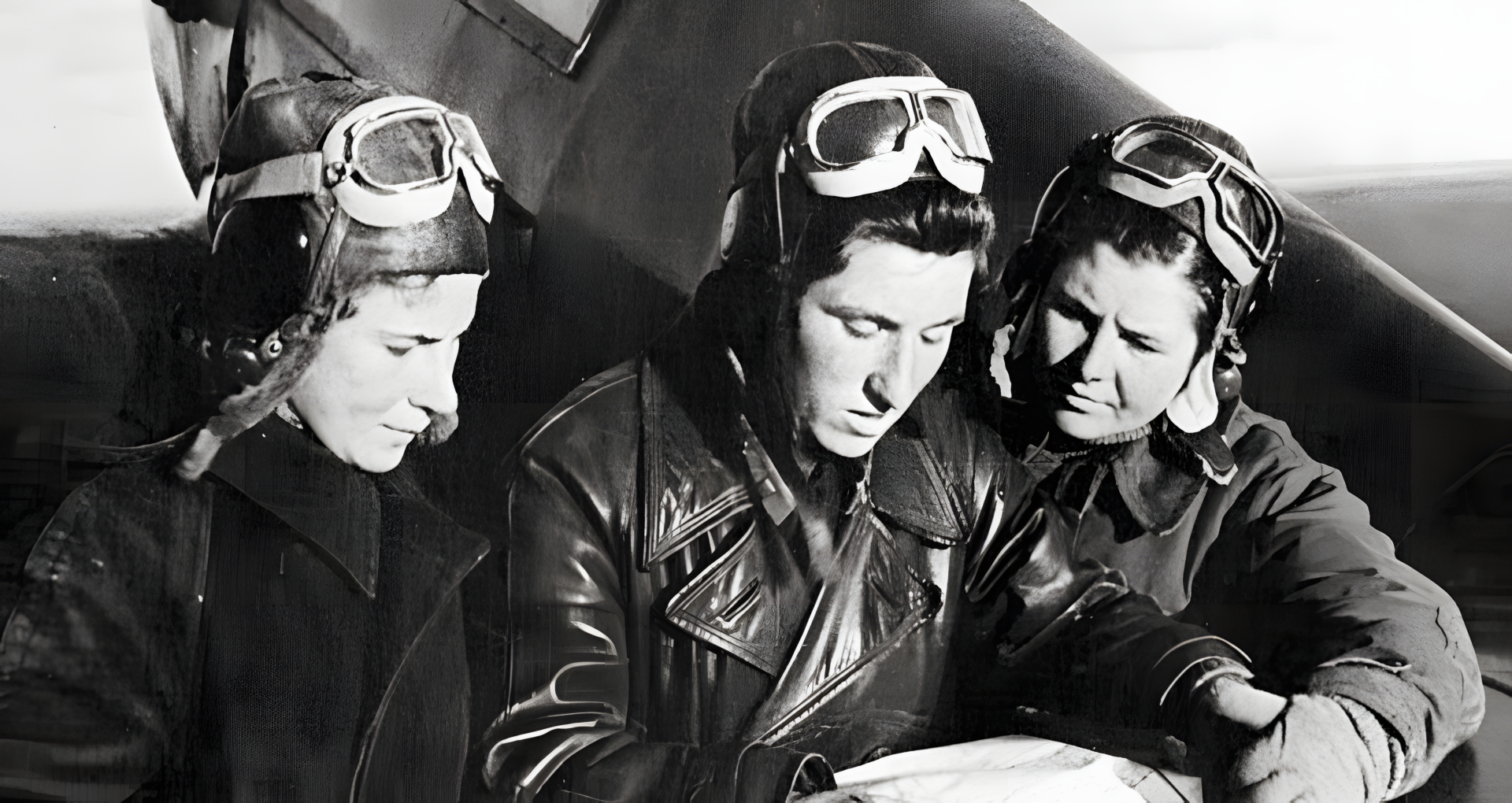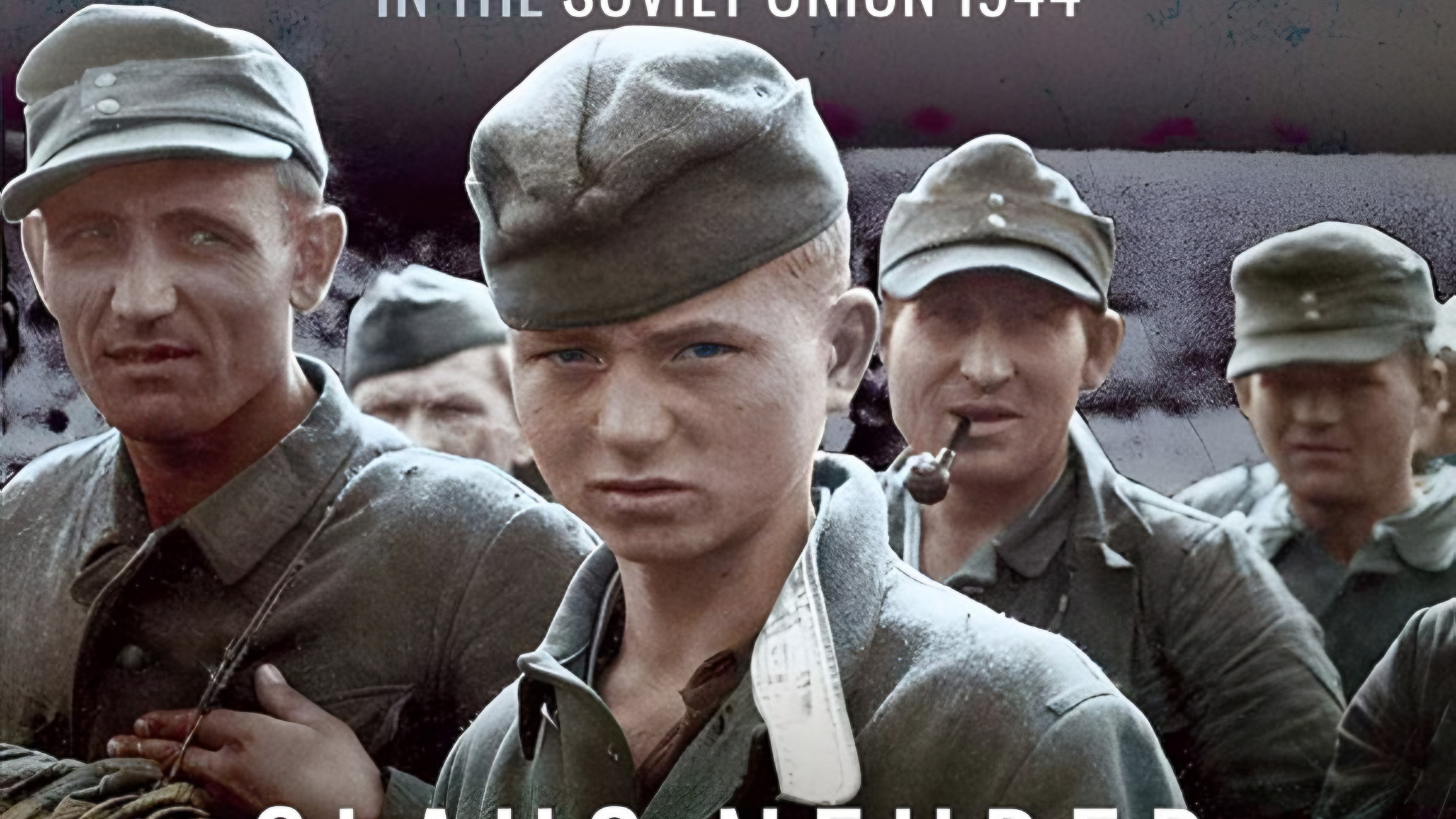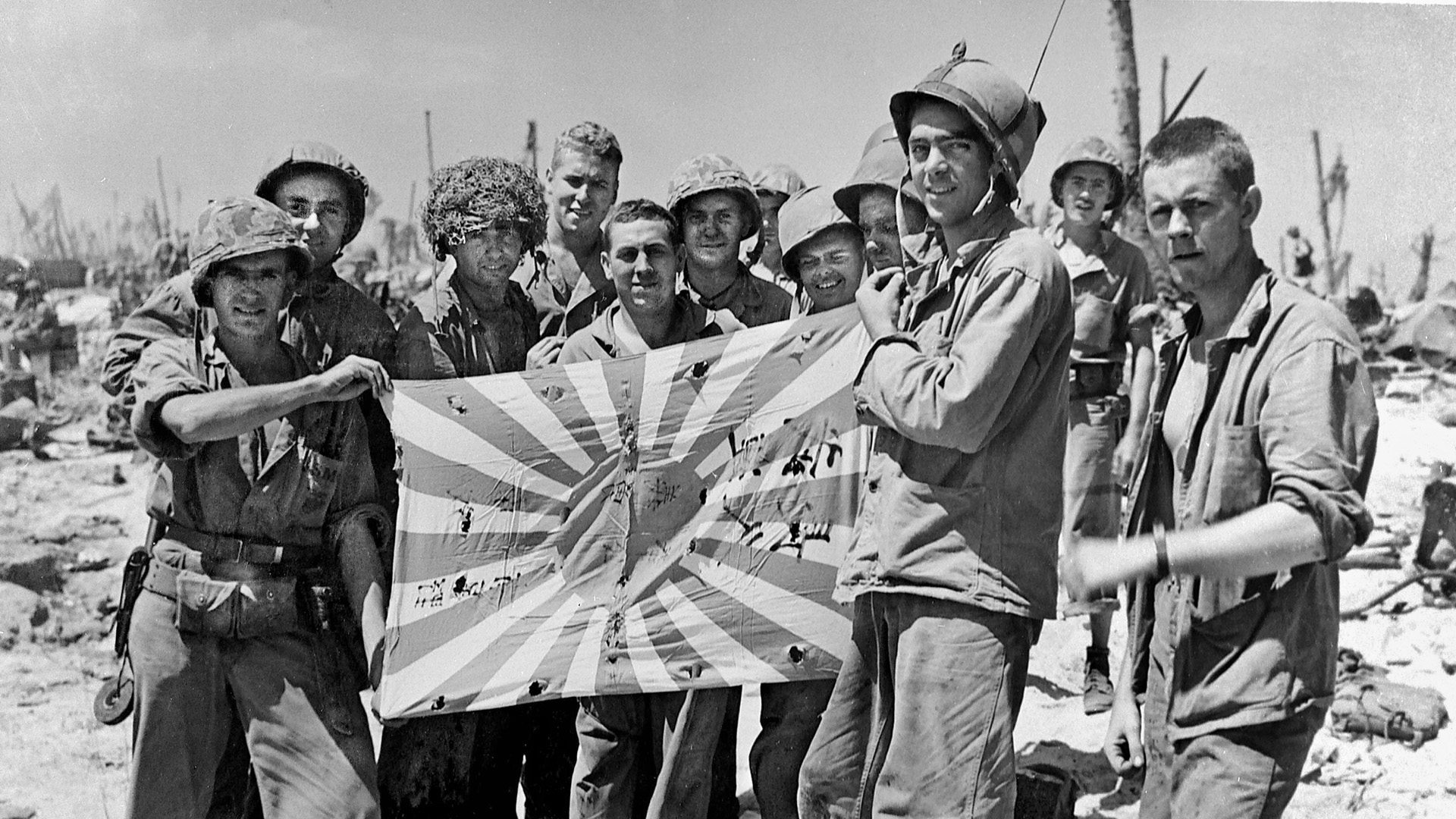By Neil Taylor
To the crews of the Royal Air Force Bomber Stream Droning Toward Germany in the early morning hours of December 3, 1942, this mission seemed indistinguishable from the countless others that had preceded it.
A total of 112 aircraft—48 Handley Page Halifaxes, 27 Avro Lancasters, 22 Short Stirlings, and 15 Vickers Wellingtons—were headed for Frankfurt as part of Bomber Command’s continuing effort to take the war to Germany. Since February 1942, Bomber Command, operating under the leadership of Air Chief Marshal Arthur Travers Harris, had been tasked by the British Air Ministry’s Air Bombing Directive with the primary objective of focusing “attacks on the morale of the enemy civil population, and, in particular, of the industrial workers.” Initially, this was to be achieved by destroying the cities in the industrial Ruhr valley as well as 14 other industrial cities scattered across the rest of Nazi Germany.
In the months since, Bomber Command had increased the scale and strength of its bombing campaign. As the bombing campaign intensified, so too did the loss rate among the participating British forces. Although the RAF had moved to nighttime area bombing due to the heavy losses suffered in daylight attacks on German targets, the German defense force—employing searchlights, ground-based radar, and night fighters—was still able to exact an increasingly heavy toll during the summer and fall of 1942. Clearly, Bomber Command could not sustain these high loss rates, and something had to be done to combat the German air-defense network.
In secret, scientists on both sides of the conflict were racing to create innovative systems that would revolutionize both aircraft detection and deception.
This technological race involved most of the world’s major powers in a struggle to exploit the rapidly evolving scientific fields of electromagnetism, radio transmission, and radio detection. By the 1930s, eight countries—France, Germany, Great Britain, Italy, Japan, the Netherlands, the Soviet Union and the United States—were actively researching the use of radio echoes for aircraft and ship detection (the acronym RADAR—for Radio Acquired Detection and Ranging—was first used by the United States Navy in 1940).
Within the British Air Ministry many outlandish and ineffective schemes were examined, but one suggestion, advocating a “death ray” that could shoot down enemy aircraft, received considerable attention in the press. Anxious to put such a claim to rest, the Air Ministry offered £1,000 to the first person who could kill a sheep at 100 yards distance using such a ray. There were no takers.
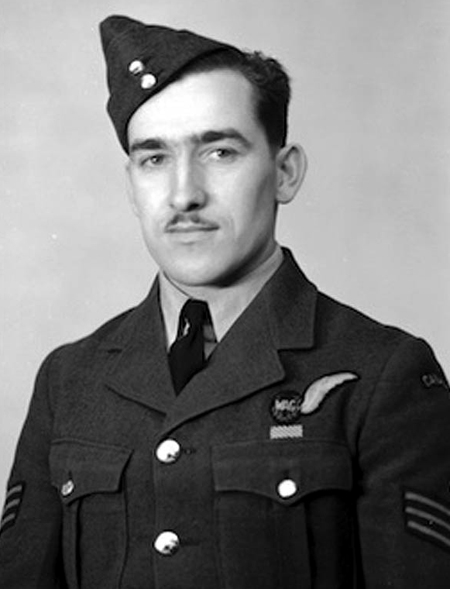
By June 1935, however, they had a workable radar system, and in May 1936 established the first operational radar station at Bawdsey Manor. Expansion followed; by 1937, the Chain Home (CH) system of radar stations could detect aircraft 100 miles away. The CH system, along with an extensive network of manned observer stations, was instrumental in ensuring Fighter Command forces were placed where they were most needed during the Battle of Britain.
Unfortunately, the ground-based CH system was nearly useless at night. British scientists recognized the need for miniaturized airborne- Interception (AI) radar systems carried inside individual aircraft that could detect the enemy at ranges of five miles and then vector the interceptor closer until reaching the point of visual contact.
It took until June 1940 to develop an effective AI radar unit, designated the Mk. IV. Once fitted into the heavily armed Bristol Beaufighter twin-engine night fighter, with its deadly 20mm cannon and .303-inch machine-gun combination, the potential of the AI Mk. IV was realized. The first AI-assisted Beaufighter kill took place on the night of November 19/20, 1940, when a plane from No. 604 Squadron RAF successfully brought down a Junkers Ju-88.
German scientists had not been idle while their British counterparts rushed to develop their range- and detection-finding equipment. Their first-generation radar system, named “Freya” after the Norse goddess of love and war, was completed in February 1936. It could detect approaching Allied aircraft at ranges of 60 miles. Still, a purpose-built airborne interception radar was required.
In early 1941, such an AI system was developed, code-named Lichtenstein. An array of antennas projected forward from the nose of a night fighter, connected to a cockpit indicator unit that displayed range, azimuth and elevation of the target relative to the interceptor.
A Dornier Do 217Z night fighter equipped with an experimental Lichtenstein AI radar set recorded Germany’s first AI victory when it downed an RAF Wellington participating in a Bomber Command attack on Hamburg on the night of October 16, 1940.
Soon, several squadrons of Me-110s, Do-217s and Junkers Ju-88s were equipped with AI radar. Although the antennas caused significant drag on the aircraft, the radar system proved much more effective in vectoring German fighters onto British bombers than chasing searchlight beams.
As the loss rate of British bombers to night fighters rose steeply in 1942, British authorities suspected a new form of targeting system was being employed. Soon they detected a transmission pattern coming from moving objects.
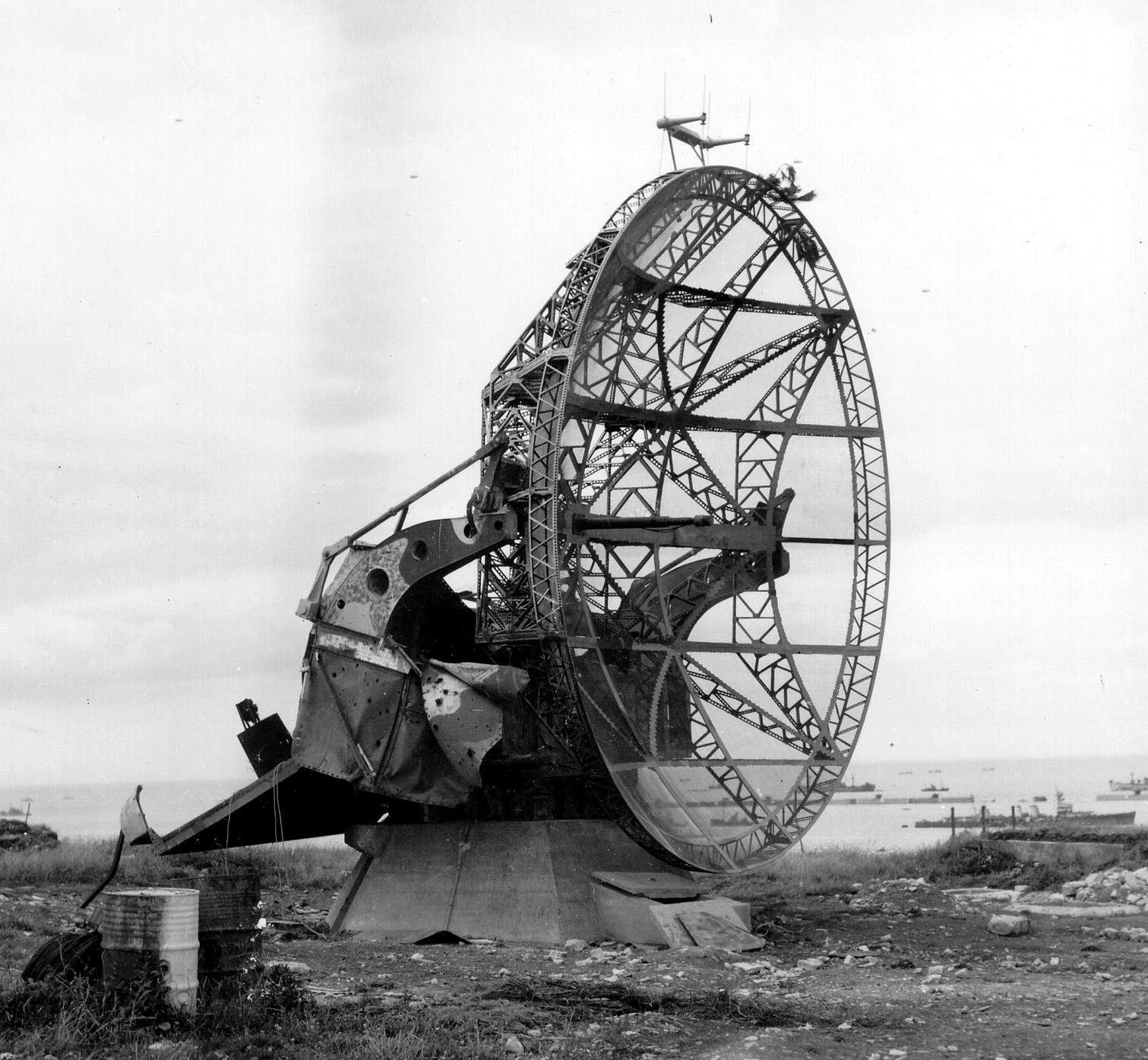
Definitive evidence that these transmission patterns originated from German AI radar was required. This would necessitate the use of a British bomber, equipped with the appropriate receivers, as bait to prompt a German night-fighter attack. The task was assigned to No. 1474 Flight, an RAF unit flying nine Vickers Wellington twin-engine bombers equipped with signals-intelligence equipment.
No. 1474 Flight was involved in collecting data on enemy radar frequencies, signal strengths, pulse repetition frequencies, and types of scan equipment. Each Wellington carried a special receiver coupled to an oscilloscope continually monitored across a range of frequencies by a Special Duty Operator aboard each flight.
Planners decided to embed one of No. 1474 Flight’s Wellingtons into a bomber stream headed for Germany. Indistinguishable from the dozens of other aircraft taking part in the raid, the Wellington would play the part of a straggler falling behind the main stream, presenting an irresistible target for a roaming night fighter. At least, that was the logic behind the operation. Whether or not the Wellington and its crew survived was secondary to the mission and a risk worth taking as long as it led to discovery of the appropriate radar frequency setting.
And that is how it came to be that on December 3, 1942, Flight Sergeant Edwin Amos “Ted” Paulton, of Windsor, Ontario, found himself, along with the other Canadian members of his crew and an English special electronics expert, lifting off at 0202 hours (2:02 am) from the concrete runway at RAF Gransden Lodge in their “special duties” Wellington, DT-G. As the aircraft climbed into the night, the fens and low ridges of the Cambridgeshire countryside faded into darkness. After consulting his maps, navigator William Renton “Bill” Barry, a former printer from Russel, Manitoba, gave Paulton a heading that would insert their aircraft into the RAF bomber stream heading for Frankfurt, Germany.
By 0430 hours (4:30 am), the Wellington had penetrated German air space and was within 50 miles of Frankfurt. Seated in front of his receiver mounted mid-fuselage, special operator Pilot Officer Harold Jordan, a former schoolmaster from Croyden, Surrey, monitored the wave patterns dancing across his scope. He had detected a signal pattern likely originating from a German night fighter. Jordan notified the crew of his suspicions, and Paulton commenced a shallow banked turn onto a north-northwesterly course, moving his aircraft obliquely away from the main bomber stream—simulating an aircraft experiencing difficulty and turning back toward Britain.
The electronic signals monitored by Jordan grew stronger, and again he warned the crew to expect a fighter attack. At the same time, he prepared a coded message noting the frequency (492 megahertz, or megacycles/second) of the strange signals. He passed the message up to the wireless operator, Sergeant William Walter “Bill” Bigoray, a farmhand and general laborer from Redwater, Alberta, who immediately began tapping out the message on his radio transmitter.
Electronic signals were now saturating Jordan’s receiver. No sooner had he barked out a warning than a burst of cannon fire tore through the side of the fuselage, striking Jordan in the arm. Ignoring his wound, Jordan continued to man his post and prepared a new message for transmittal confirming that the frequency signaled was the right one.
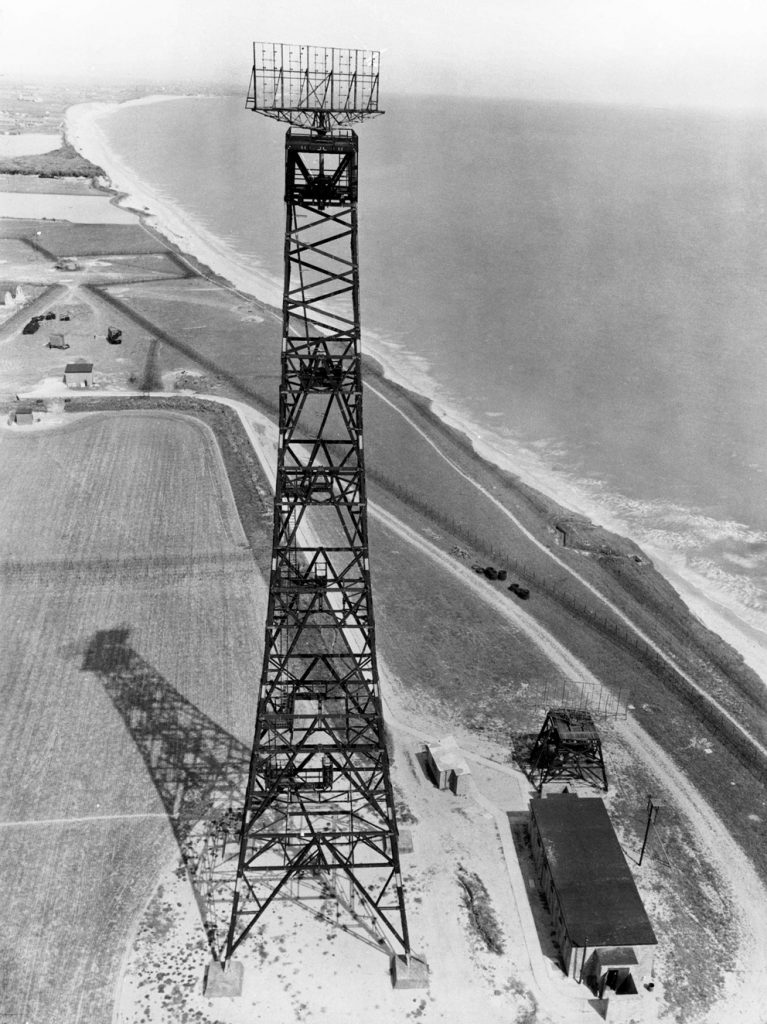
At the rear of the Wellington, Flight Sergeant Everett Thomas Vachon, a farm worker from Ayer’s Cliff, Quebec, swung his turret with its twin .303-inch machine guns into action, keeping up a steady stream of fire at the enemy—a Ju-88 night fighter. Return fire from the Ju-88 on its second attack run slammed into the turret, wounding Vachon in the shoulder and knocking out the turret’s power source. Farther up the fuselage, Jordan was struck in the jaw but continued to monitor his equipment.
Despite Paulton’s violent evasive actions, the Ju-88 bore in for a third attack, this time head-on. Cannon shells pounded into the front turret, wounding Flight Sergeant Frederick Percy “Fred” Grant, a Brockville, Ontario, grocery clerk, in his right leg. Seeing his friend trapped and wounded, Bigoray left his wireless station to attend to Grant just as the Ju-88 commenced another attack run. At least one shell penetrated the nose of the Wellington and exploded, shrapnel striking both of Bigoray’s legs. Badly wounded, Bigoray staggered back to his seat while the navigator, Flight Sergeant Bill Barry, worked to free Grant. Back in his compartment, Jordan was hit for a third time, sustaining a severe wound to his right eye.
Weak and nearly blind from his head wound, Jordan tried to stay at his post. Fearing he would pass out, Jordan convinced Barry to come to his station so Jordan could show the navigator how to operate the equipment, but his efforts were futile. Meanwhile, Vachon had vacated the shattered rear turret and was standing, his head peering out the dorsal-mounted Astro Dome, shouting out evasive maneuvers every time the night fighter swung in for another attack. This worked for a time, until he was struck in the hand. Barry then replaced him.
So far, Paulton’s violent corkscrews had kept his airplane aloft, but he had drastically lost altitude, dropping from 14,000 feet down to about 500 feet above ground. They had survived 10 or 11 separate attacks from the Ju-88, and Paulton doubted they could weather another punishing attack. Then suddenly, the night fighter was gone, leaving the battered Wellington and its wounded crew alone in the darkness. Had it run out of ammunition? No one knew, but at least now they had a fighting chance of getting home.
The Wellington was little more than a flying wreck, but thanks to its sturdy geodesic construction it was still in one piece. The starboard throttle control had been shot away and the port throttle was jammed, leaving the engines roaring and shaking. The starboard aileron had disintegrated from cannon fire, the trim tabs no longer functioned, and all hydraulic pressure was gone, rendering the flaps useless. The pitot head had also been blown away, leaving Paulton with no airspeed indication. To keep the plane flying level, he resorted to turning the wheel over hard. Both turrets were out of action, and a large patch of fabric had torn away along the starboard side of the fuselage. Four crew members were wounded, and Paulton himself had only narrowly escaped injury thanks to the armor plate behind his back. Despite all these problems, Paulton managed to gain altitude to 5,000 feet and nursed the battered Wellington back toward England.
At his wireless station, Bigoray continued to hammer out the coded message containing the frequency of the night fighter’s airborne interception radar, but he received no acknowledgement from base. Undeterred, he remained at his post, and at 0645 hours (6:45 am) the shattered Wellington, avoiding the searchlights seeking it out, crossed the French coast near Dunkirk.
At 0720 hours (7:20 am), Paulton’s Wellington reached the English coast. Initially planning to ditch the aircraft in the dark water, Paulton turned on the landing lights, but they failed to adequately illuminate the wave crests below. Instead, he decided to wait for daylight. While circling over the coastline, Paulton asked if anyone preferred to bail out instead of ditching. Sergeant Bigoray, his bleeding legs now stiff and painful, opted for jumping, as he feared he would not be able to crawl out of the aircraft once it was down.
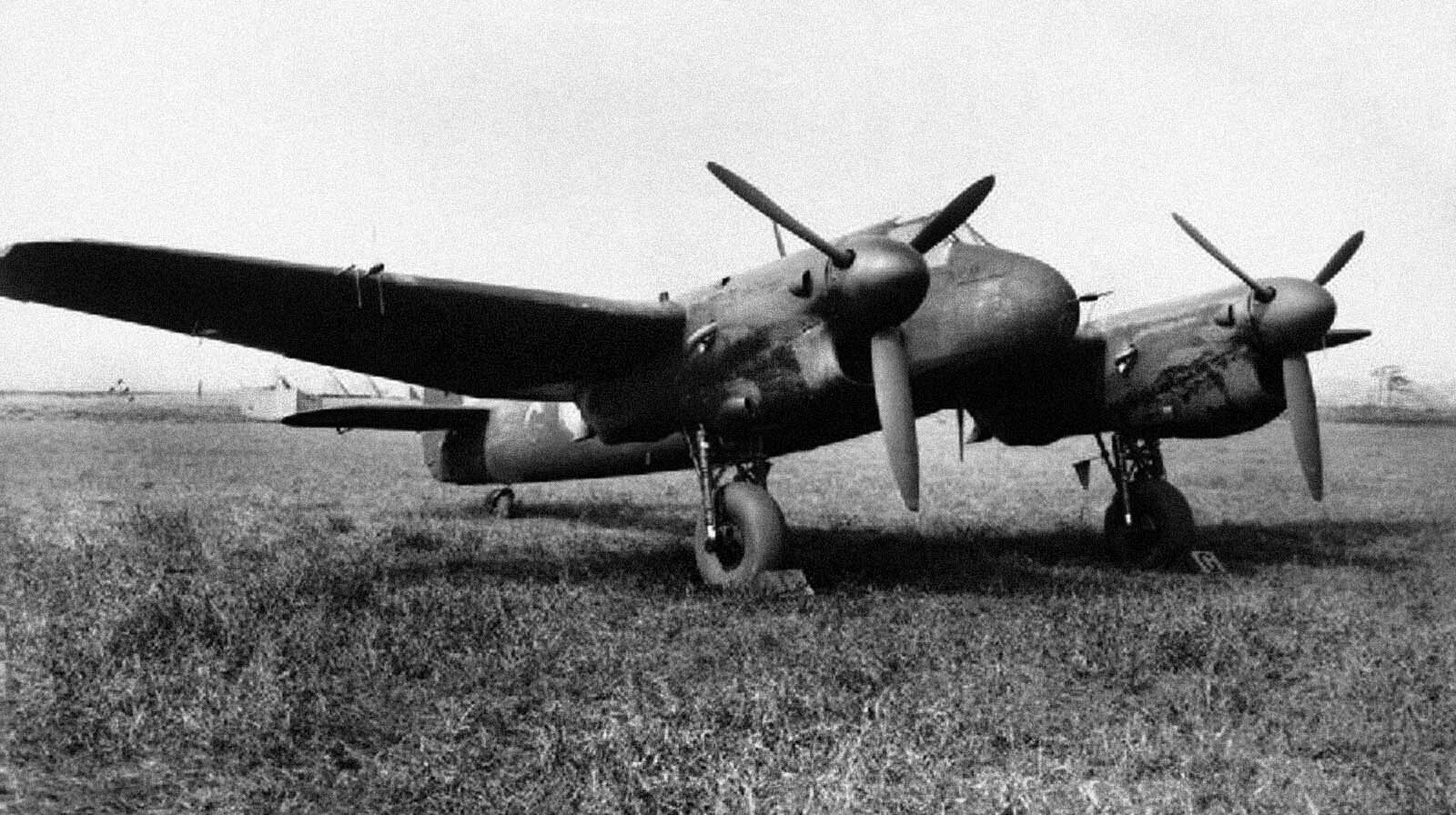
Jordan helped Bigoray into his parachute gear and got him to the rear escape hatch when the wireless operator suddenly changed his mind. Remembering he had not clamped down the transmission key on his wireless set, Bigoray painfully dragged himself back to his station. He tapped out the message “ditching,” then depressed and strapped the key down so anyone listening could fix their position.
His task completed, Bigoray worked his way back to the escape hatch and maneuvered himself into position, his feet dangling through the opening. Paulton brought the flaming aircraft around once more and began a run toward the coast. Barry calculated the drift and at precisely the right moment gave the signal to drop. Bigoray hesitated. Below, all he could see was water. Keeping his wits, he quickly pulled the ripcord as he fell, and to his crewmates’ relief, he drifted ashore near Ramsgate, where rescuers immediately rushed him to hospital.
With Bigoray safely away and flames spreading through the aircraft, Paulton eased the nearly uncontrollable plane down into the waves 200 yards off Walmer Beach near Deal. The aircraft shuddered and groaned as it settled in the water but remained afloat.
Vachon pulled the release mechanism for the dinghy, and the crew scrambled onto the wing of the Wellington. The dinghy inflated but, riddled with holes from the attack, was unseaworthy.
The crew abandoned the sinking dinghy and scrambled back onto the wing of their plane to await rescue. Fortunately, two local fishermen had observed their ditching. Cutting their lines, the men rowed over to the floating wreck, pulled alongside, and helped each of the five men into the boat. Carefully the men pulled away from the slowly sinking aircraft and worked their way to shore.
It had been a near-run thing, but Paulton and his crew had survived, although four of the six men had been wounded. Pilot Officer Jordan had sustained serious injury to his face and back and would lose the sight in his right eye; Sergeant Bigoray had been injured in both legs, the right leg quite severely; Flight Sergeant Vachon had sustained wounds in his shoulder and right hand; and Flight Sergeant Grant had been wounded in the leg.
Their message had gotten through, however, and with the frequency of the German night fighters’ airborne interception radar confirmed, British scientists were now able to work on countermeasures, developing at least three of particular importance.
The first of these was window, or chaff— strips of black paper with aluminum foil attached to one side—which had already been developed as an anti-radar countermeasure. Packaged into bundles, then dropped from Allied bombers, window swamped the German radar with false echoes. The British now knew that strips cut to a length of 30cm by 1.5cm (11.8” x .6”) were most effective for jamming purposes.
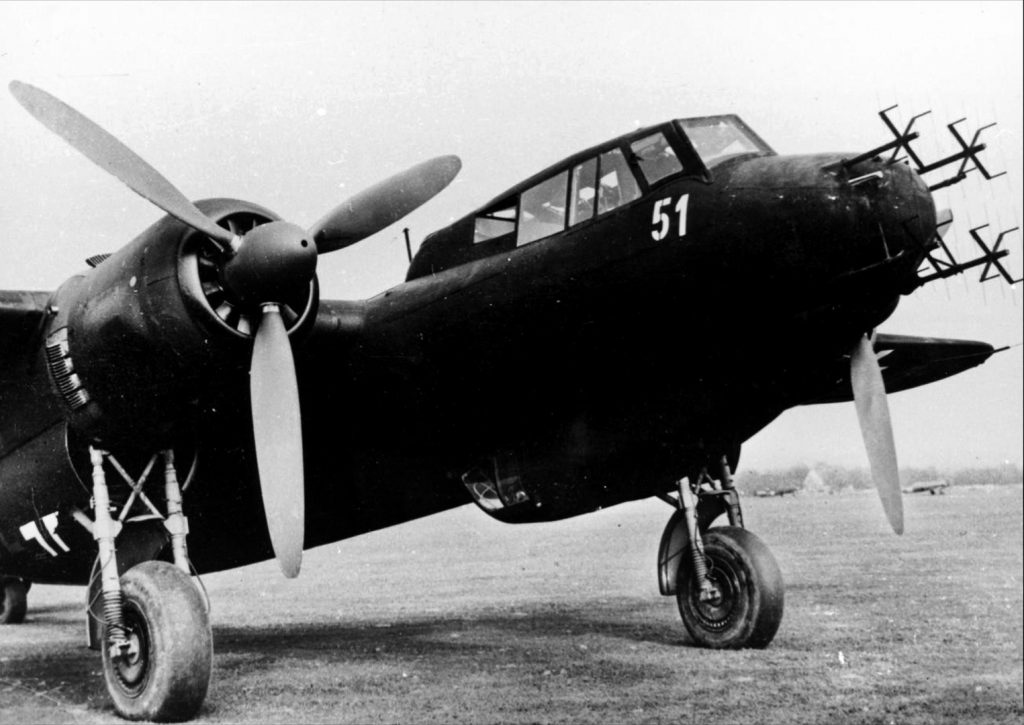
The second was Boozer, a passive receiver/ detector tuned to the same frequency as Lichtenstein and installed in British bombers, which could detect approaching night fighters employing AI radar.
Third was Serrate, an Allied radar detection-and-homing device installed in night fighters. This device could detect and track Lichtenstein radar impulses, allowing Allied pilots to home in on their German counterparts.
The No. 141 Squadron RAF initiated use of Serrate on the night of June 14/15, 1943, when a Beaufighter Vlfs equipped with the detector successfully downed a Messerschmitt 110 night fighter while escorting nearly 200 Lancasters on a bombing mission to Oberhausen, Germany. This started a string of German night-fighter losses that eventually forced the Luftwaffe to alter the frequencies used in their newest radars.
In recognition of their valiant actions during the attack, Paulton and Barry received backdated commissions and were awarded the Distinguished Flying Cross. Sergeants Bigoray, Vachon, and Grant received the Distinguished Flying Medal, and Special Operator Jordan was awarded the Distinguished Service Order.
William Bigoray was the only member of the crew not to survive the war. After recovering from his wounds, Bigoray returned to action, joining No. 7 Squadron RAF in January 1944. On April 28, 1944, while flying as a wireless operator/air gunner, his Lancaster was shot down over Reichenbach, Germany. All seven crew members were killed.
While the December 3, 1942, electronic eavesdropping mission could be regarded as near-suicidal in design, the six daring men of Wellington DT-G persevered against all odds. Through their selfless efforts, which represented but one small facet of the cat-and-mouse electronic warfare being waged over Europe, they ultimately rendered the night skies over Nazi Germany just a little safer for the thousands of airmen participating in the Allies’ strategic bombing offensive.
Author Neil Taylor has contributed to WWII History on a variety of topics. He writes from his home in Edmonton, Alberta, Canada.
